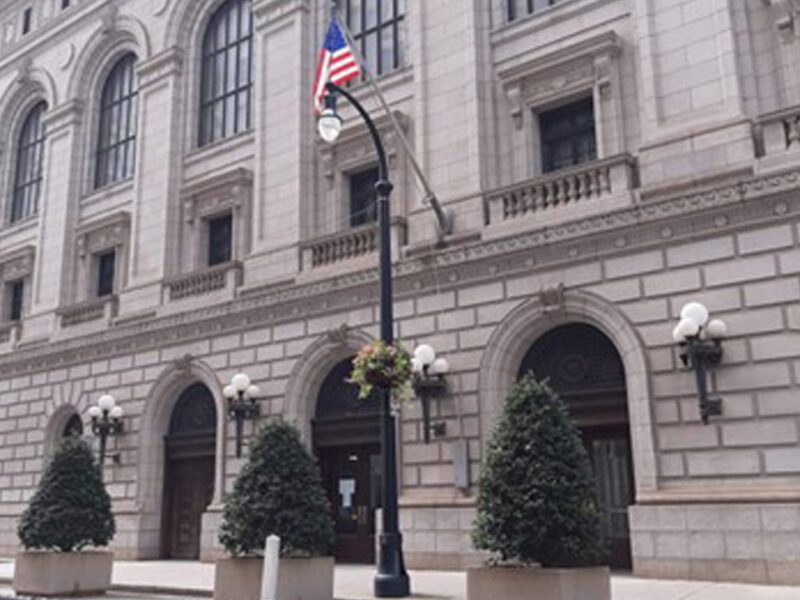
All Pasco students get free school meals. It might not last much longer.
Rising costs and shrinking revenue are taking their toll on the federally subsidized program.
Tampa Bay Times | By Jeffrey S. Solochek | April 4, 2024
The Pasco County school district’s effort to provide free cafeteria meals to all students this year has hit what officials called a “perfect storm” that threatens the program’s continuation.
Food costs are rising, federal funding is shrinking and student purchases of extra items are down, they said.
The upshot is a running deficit that the department plans to bolster with reserve money to remain in the black. But in the long term, officials said, they may not be able to stick with the district’s participation in the federal Community Eligibility Program, which provides funding to offer free breakfast and lunch to all enrolled students, not just those from low income families.
“If this snapshot continues we will not be able to continue it, because it will not be sustainable long term,” assistant superintendent Betsy Kuhn said.
That means free meals for all might go away for the first time since the pandemic hit.
Needy students who meet eligibility requirements, such as qualifying for Medicaid or federal food assistance, still would receive free meals. But others who have become accustomed to the service would have to begin paying again, or perhaps bring their own lunch to school.
It’s not what district leaders want. They stressed the importance of ensuring that children are nourished as a key factor to being prepared to learn.
But no one anticipated the scenario that has arisen, said food and nutrition services director Stephanie Spicknall.
She said the district is paying three times as much for beef as it did a year ago, while the price of chips has jumped 20% and the cost to serve macaroni and cheese rose $70,000.
At the same time, the district is seeing lower reimbursement rates from the federal government for meals served — a first in anyone’s memory — and a decrease in the percentage of district students eligible for full reimbursements. District records show the average percentage of students qualified for free or reduced price meals has dropped close to 30% this year, from closer to 45% in 2021.
Student purchases of extra items for cash also are down. The a la carte menu of second meals, snacks and vending machine items traditionally has accounted for nearly one-third of the food services budget, which operates independently from general district operations. This year, it’s closer to 17%, with about 1 million fewer sales than a year prior, according to district data.
During the height of the pandemic, participation in the meals and purchases of a la carte items both grew and showed no signs of decreasing, Spicknall said.
“We did a lot of projections,” she said. “Then everything went haywire.”
Rampant inflation appeared to impact the situation, she suggested, as many students no longer carried extra cash to buy the a la carte snacks and drinks that previously supported the department accounts. The 12-month inflation rate for the Tampa Bay metro area was about double that of the national rate this winter, according to the U.S. Department of Labor.
Kuhn, the assistant superintendent, stressed the district’s free meal program is not on its last legs just yet.
Cafeterias are collecting and reviewing program data, she said, looking for ways to implement any additional efficiencies that might exist. The administration also is asking the school board to increase meal prices for cash purchases as needed, to support the budget and to avoid sticker shock if the district exits the free-meals-for-all program.
“We need to be sure the prices stay up with the costs,” Spicknall told the school board during a recent workshop, requesting annual increases up to 5%.
“Is that going to be enough?” board member Colleen Beaudoin asked.
“It’s getting us closer,” Spicknall answered.
Kuhn said she would not recommend pulling out of the federal program for the 2024-25 school year. But by early fall, she said, the numbers need to rebound if it is to remain in place.





